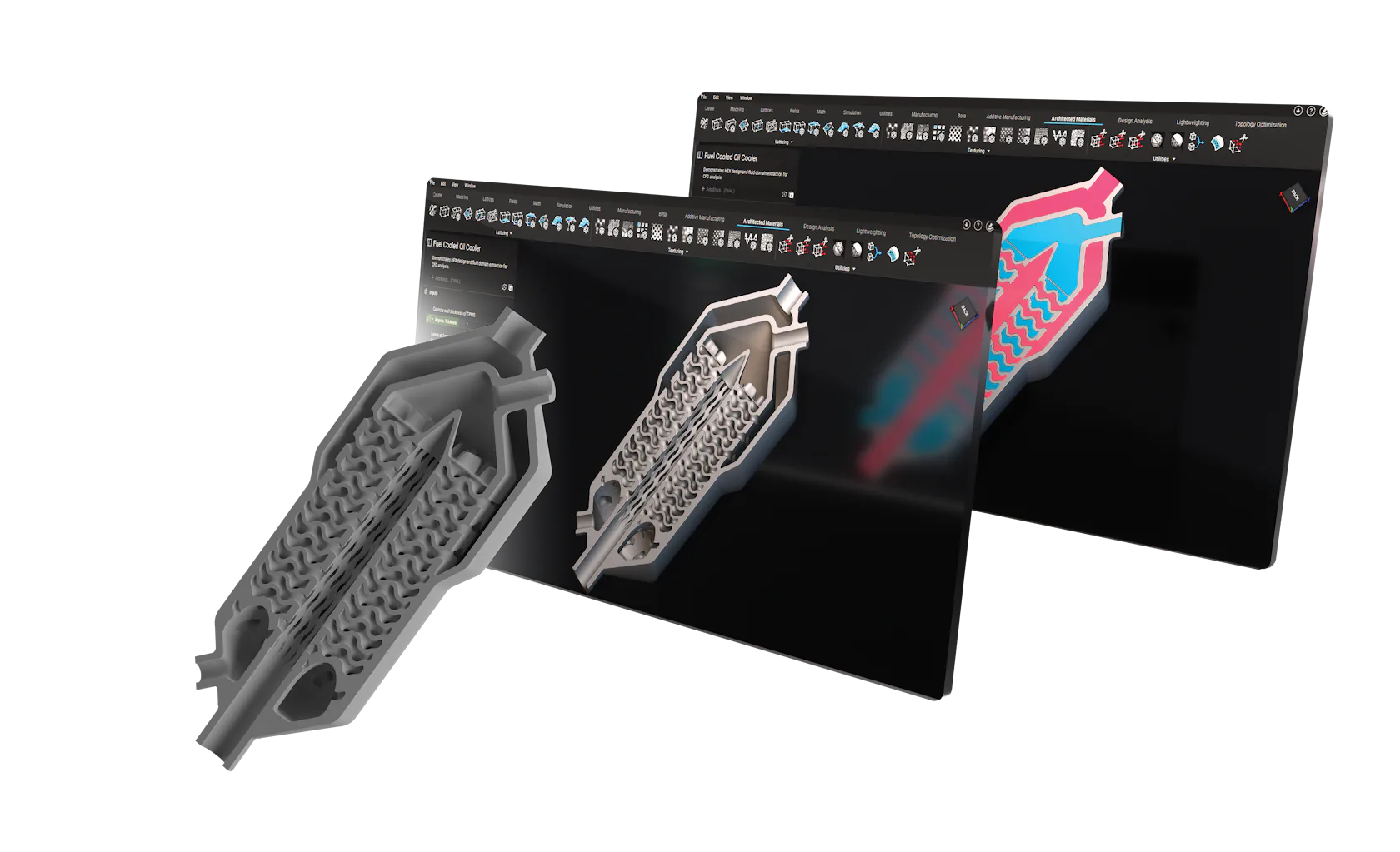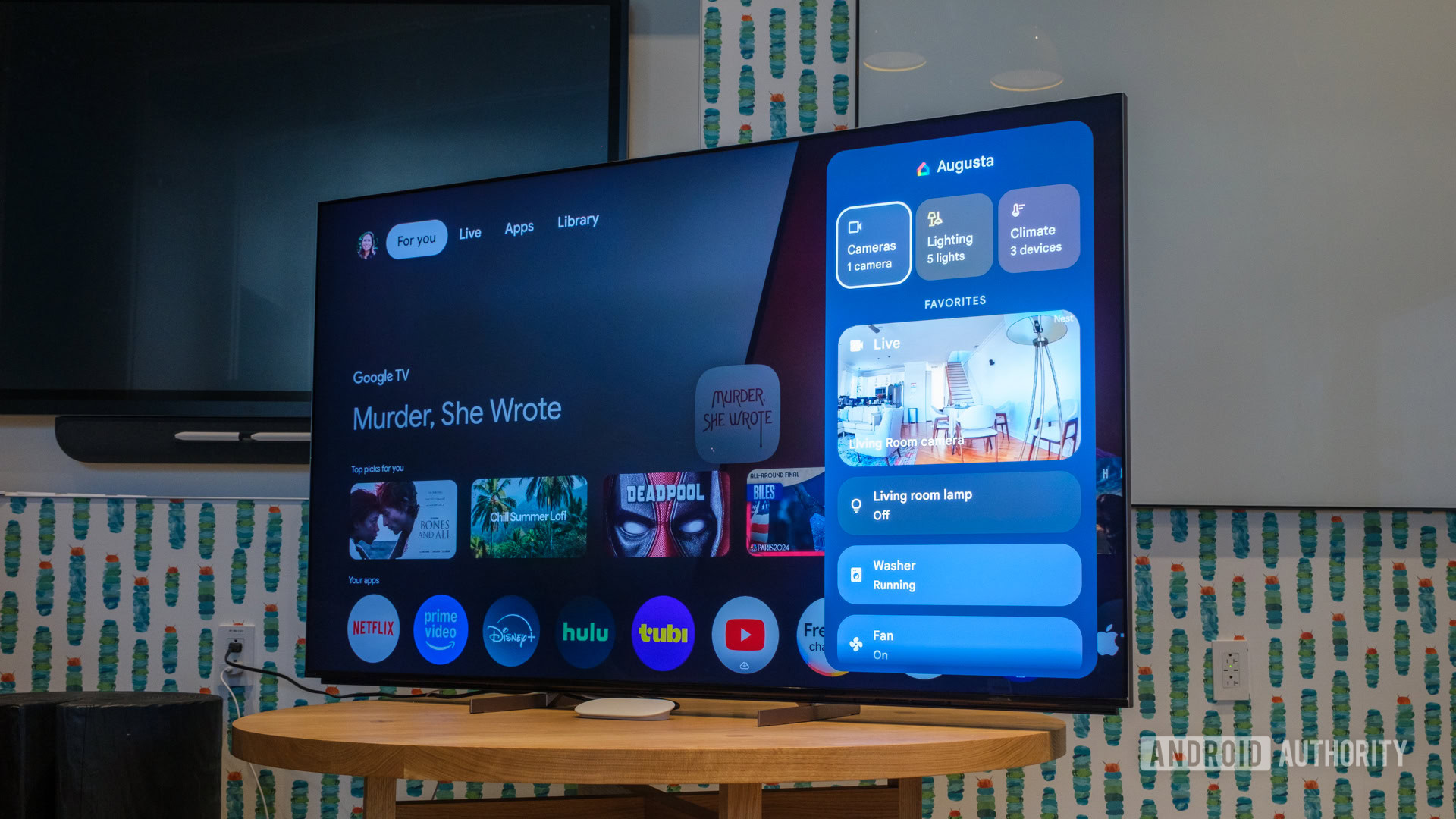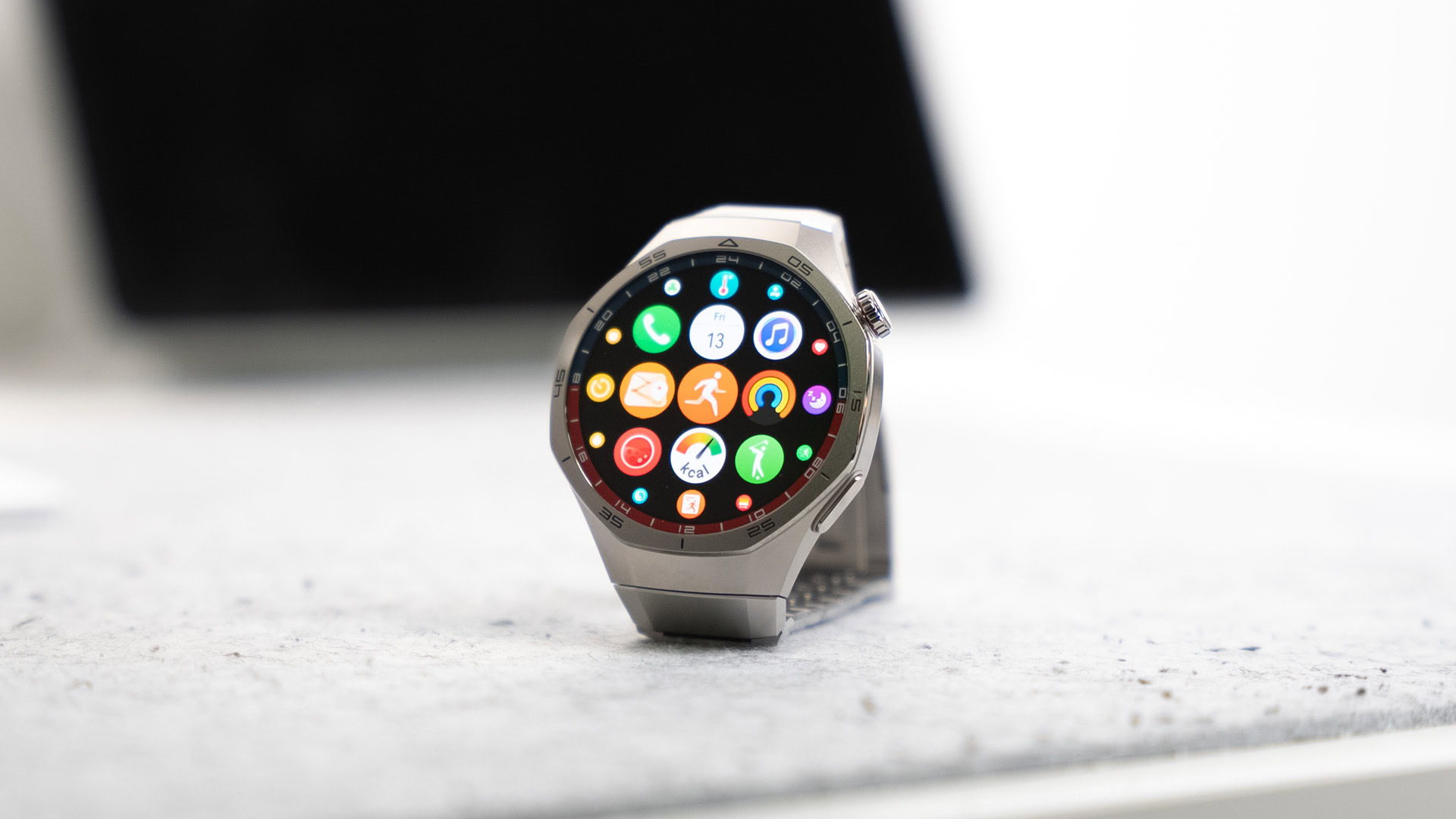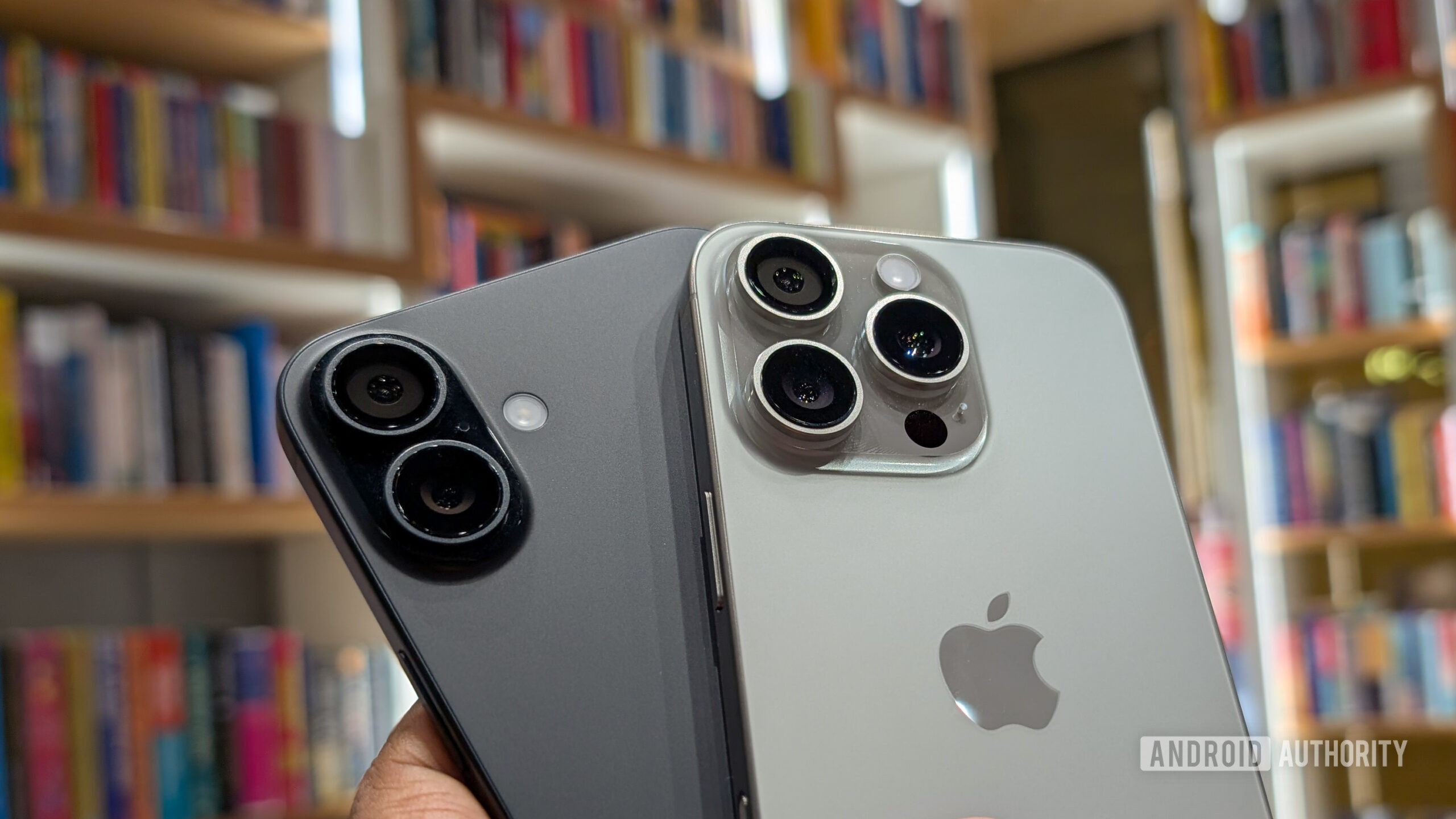nTop is changing the game in product design, partnering with tech giant NVIDIA to bring speed and precision to engineering.With new backing from NVentures, NVIDIA’s venture capital arm, nTop is merging its design software with NVIDIA’s computing power, promising engineers faster and more efficient ways to create high-performance products.This partnership, as nTop’s co-founder and CEO Bradley Rothenberg told 3DPrint.com, “underscores nTop’s leadership in computational design.By combining our tools with accelerated computing, we can rapidly explore large, complex design spaces, helping engineers create high-performance systems and parts faster.”At the heart of nTop’s approach is computational design, which uses algorithms to tackle complex engineering problems.
This method has transformed how products are designed, optimized, and brought to market by automating much of the process.Build plate with 3D printed spinal implants designed using nTop software.Image courtesy of nTop.Building on their previous work together through NVIDIA’s Inception program, which nurtures innovative companies, this new partnership expands nTop’s integration of NVIDIA’s OptiX ray-tracing framework.This improves the speed and accuracy of design workflows, helping engineers spot potential issues earlier in the process.With NVIDIA’s accelerated computing power now in the mix, nTop is set to push its capabilities even further, giving engineers the tools to create better products faster.
By combining nTop’s design software with NVIDIA’s OptiX ray-tracing and Omniverse technologies, they’re delivering next-level solutions for industries where precision and speed are critical.For example, NVIDIA’s OptiX ray-tracing framework will improve how engineers visualize designs by providing more realistic renderings.According to Rothenberg, a new feature called adaptive rendering will allow engineers to “render extremely complex geometries into designs in seconds,” a task that would take hours—or may not even be possible—in other CAD systems.This level of realism helps engineers spot potential issues earlier in the process, saving significant time and money in product development.Additionally, NVIDIA Omniverse, a platform for creating digital twins and 3D collaboration tools, will be incorporated into nTop’s workflows.
With Omniverse, engineering teams can collaborate in real-time on 3D models, making changes to designs on the fly and seeing those changes reflected immediately.This live interaction is crucial for industries where precision and speed are critical, such as aerospace, defense, and automotive sectors.Rothenberg noted that integrating nTop’s design models into the Omniverse and OpenUSD ecosystem will allow engineers to work with live digital twins of their parts and assemblies “without the need for meshing.” This means that as changes are made in nTop, they will instantly be reflected in the Omniverse, enabling faster, real-time collaboration without the usual technical steps involved in 3D design transfer.NVIDIA Inception program is empowering the world’s AI startups.Image courtesy of NVIDIA Inception.nTop’s computational design software has been widely used by companies that make high-performance components.
Although there is no specific information yet on the exact parts this collaboration will target, nTop has already worked with aerospace and defense companies to design lightweight structures like lattices, heat exchangers, and optimized airframe parts.It wouldn’t be surprising to see this partnership lead to the development of other lightweight, high-strength aerospace components like turbine blades or satellite parts.This collaboration could also extend into creating custom implants for the medical field or advanced military hardware components, such as drones, sensors, or weapon systems.Industries expected to benefit most from this collaboration include aerospace, defense, automotive, industrial, medical, and consumer sectors.
“These industries care deeply about accelerating product design, delivering better performance, and reducing costs,” Rothenberg said.He emphasized that nTop’s integration with NVIDIA’s technology can help engineers quickly view their designs at multiple scales, making it easier to optimize complex 3D printed parts.“Many engineering teams use additive manufacturing to produce advanced geometries that could not be produced using any other method.nTop enables engineers to take full advantage of the advanced manufacturing capabilities these methods provide.
nTop enables engineers to expand their design space, helps automate the process of exploring design space, and accelerates the process of bringing designs to production via its ecosystem of CAD, CAE, and CAM partners.”For engineering teams, the nTop and NVIDIA partnership opens up new possibilities.Being able to quickly see, adjust, and improve designs with advanced computing tools can speed up getting products to market.This is especially important for industries where time-to-market can make or break a product’s success.Subscribe to Our Email NewsletterStay up-to-date on all the latest news from the 3D printing industry and receive information and offers from third party vendors.







